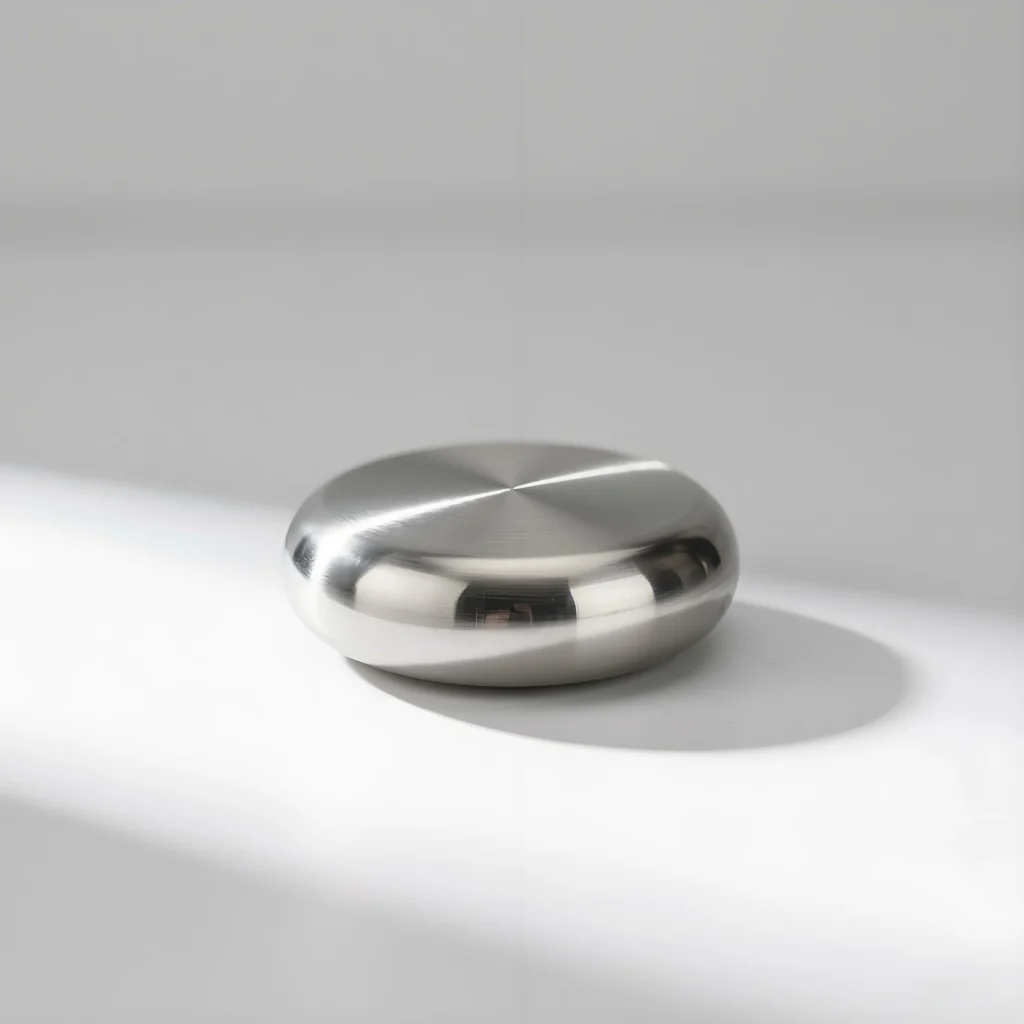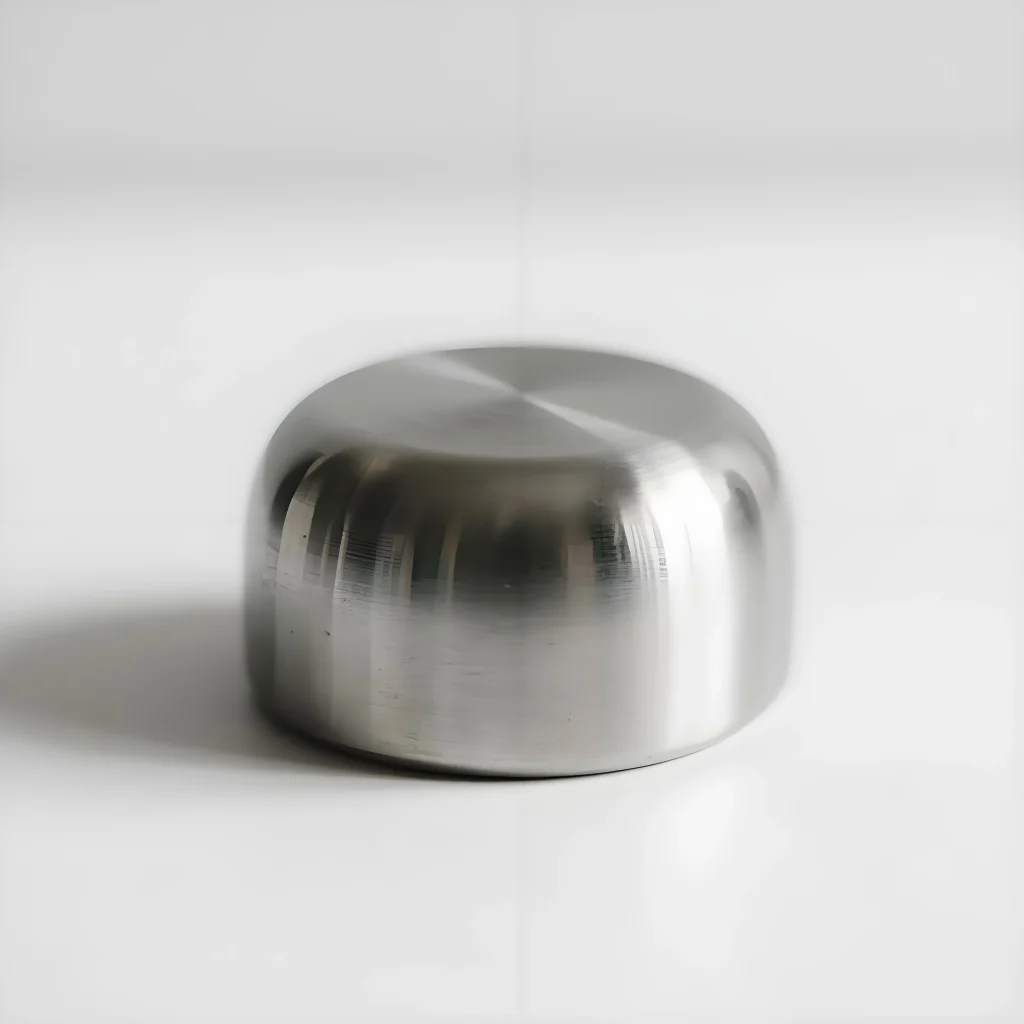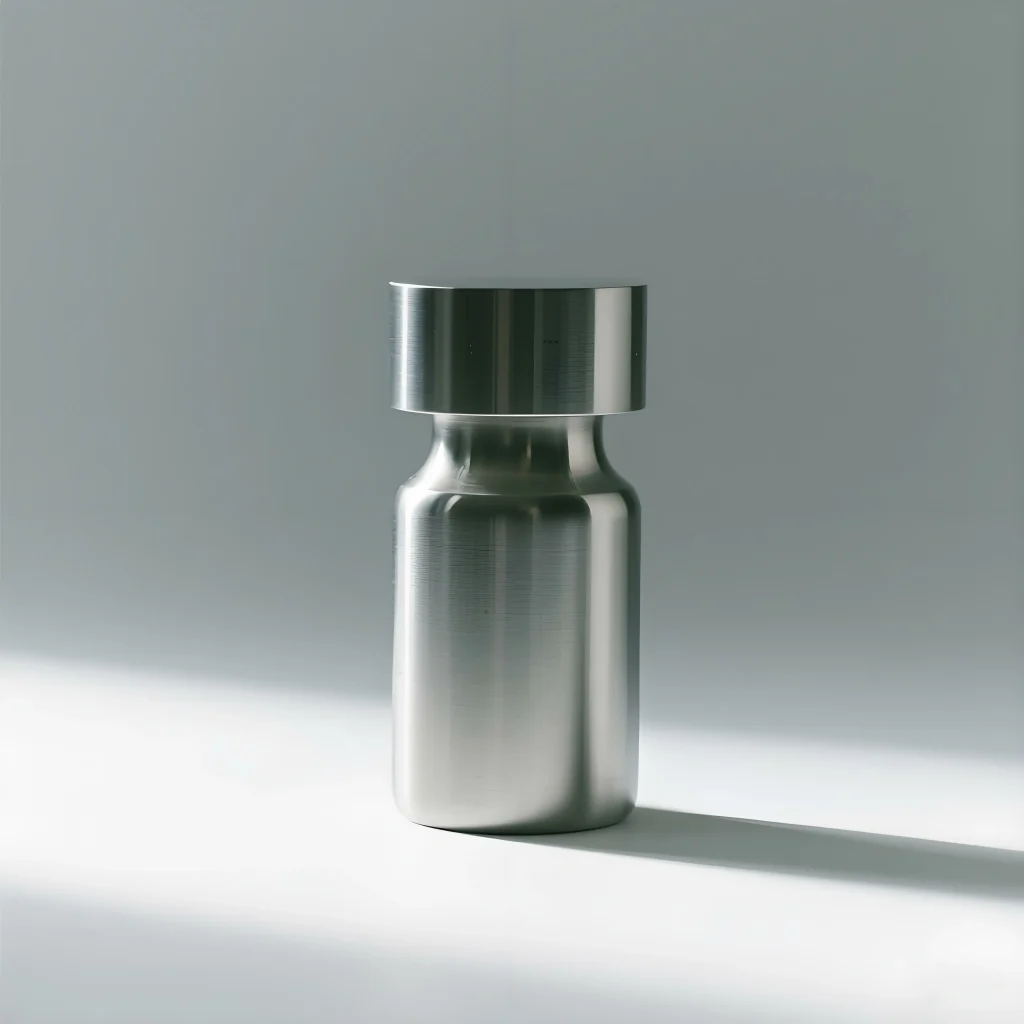300 Series Stainless Steel | Grades, Properties & Investment Casting Guide
1.Overview of 300 Series Stainless Steel
The Stainless 300 Series Guide covers austenitic iron-based alloys known for their excellent corrosion and heat resistance. Popular grades like 304, 316, 309, and 310 find widespread use in food processing, aerospace, marine, and medical industries.
Welleshaft offers custom 316 SS investment castings for industrial applications and stainless investment casting solutions using 300 series stainless steel. These high-quality parts are essential for automotive exhaust systems and aerospace components.
2.Properties and Applications of 300 Series Stainless Steel
(1)300 Series Stainless Steel Properties and Applications
| Property | Details |
| Corrosion Resistance | Very good, especially in acidic or chloride-rich areas |
| Heat Resistance | High, up to 2000°F (particularly in 310 grade) |
| Machinability | Easier in 303; others need careful tooling |
| Formability | Good shaping and bending characteristics |
| Weldability | Excellent in low-carbon versions like 304L and 316L |
The corrosion resistance of 300 series stainless steel makes these alloys reliable in tough environments. The benefits of casting stainless steel 300 series also include consistent strength, flexibility in design, and long-term durability.
(2)Why Use It?
- Resists pitting and cracking
- Performs well in marine and chemical plants
- Works with stainless steel 300 series CNC deburring services
- Fits precision cast needs like CRES 300 stainless steel for aerospace fasteners
3.Grades in the 300 Series Stainless Group
1.303 Stainless Steel (UNS S30300)
- Non-magnetic and easy to machine
- Best for high-precision machined parts
- Used for: gears, nuts, bolts, and small components made from stainless 300 series
2.304 Stainless Steel (UNS S30400)
- Versatile and rust-resistant
- Used for: brewing tools, surgical instruments, 304 stainless steel casting parts for engine components
3.304L Stainless Steel (UNS S30403)
- Lower carbon, less prone to cracking after welding
- Used for: food machines, tanks, 304 stainless steel castsin structural pieces
4.309 Stainless Steel (UNS S30900)
- Resists oxidation in high temps up to 1900°F
- Used for: incinerators, heaters, refining tools
5.310 Stainless Steel (UNS S31000)
- Handles even more heat, up to 2000°F
- Used for: kilns, exchangers, casting stainless steel in extreme heat zones
6.316 Stainless Steel (UNS S31600)
- Extra molybdenum for better chloride protection
- Slight magnetism
- Used for: marine environments, automotive, and 316 SS investment castings for aerospace components
7.316L Stainless Steel (UNS S31603)
- Better formability and weld protection
- Used for: tanks, boats, how to clean and maintain 316 stainless steel castingsin tough surroundings

4.Choosing 300 Series CRES Stainless Steel
(1)CRES Stainless: What’s the Deal?
CRES 300 series stainless steel (Corrosion-Resistant Steel) is chosen for its strength, durability, and ease of shaping. You’ll find 300 series CRES used in precision casting stainless steel parts that face corrosion and stress.
(2)Why It Works
- Holds form well even under pressure
- Can be finished with deburring techniques for 300 series stainless steel parts
- Reliable in marine, chemical, and food sectors
5.Stainless Casting & Machining: How It Happens
-
The Stainless Investment Casting Process
The stainless investment casting process lets us form complex parts from 300 stainless steel. Here’s a simple view:
- Wax pattern is shaped
- Ceramic shell is added
- Wax is melted out
- Molten 316 SS or 304 stainless steel poured in
- Shell removed
- Parts cleaned using stainless steel 300 series CNC deburring services
-
How Are 316 Stainless Steel Investment Cast Parts Made?
Welleshaft uses 316 cast metal for parts exposed to salt, chemicals, and heavy use. These 316 SS investment castings are made to exact specs.
-
Working With It After Casting
303 offers smoother cutting. Other grades like 316 require a steady approach. For how to deburr stainless steel 300 series castings, we use tumbling, brushing, or machining to get clean results.
6.Who Uses Stainless Steel 300 Series?
We provide 300 series stainless castings for automotive exhaust systems, aerospace brackets, and more. Common sectors:
- Aerospace: CRES 300 stainless steel for aerospace fasteners, instrumentation
- Automotive: Exhaust parts, engine blocks
- Food & Medical: Sterile gear, processing lines
- Chemical/Marine: Pumps, pipe systems, custom 316 SS investment castings for industrial use

7.People Also Ask
-
What is the Difference Between 304 and 316 Cast Stainless Steel?
316 has molybdenum, helping it fight off salty water. That makes it better for coastal or chemical work.
-
How Strong is 316 Cast Stainless Steel?
It stands up to stress and won’t break down fast. Great for industrial investment castings under pressure.
-
What Are the Best Use Cases for Stainless Steel 300 Series in Manufacturing?
Best use cases for stainless steel 300 series in manufacturing? Think heat, friction, or harsh chemicals. This steel survives them all.
-
How to Deburr Stainless Steel 300 Series Castings?
Use CNC, brushes, or acid bath—each method works for deburring techniques for 300 series stainless steel parts.
-
Why Choose 300 Series CRES Stainless Steel?
You get long-lasting parts that won’t corrode or warp under stress. Easy to clean. Hard to damage.
8.Ask Welleshaft for a Quote
Welleshaft delivers top-grade stainless steel cast parts with tested performance. Whether you’re comparing 300 series stainless steel vs 304 stainless steel or looking for casting stainless steel options—we’ll help you pick the right one.
Talk to Welleshaft. Let’s build something strong.

